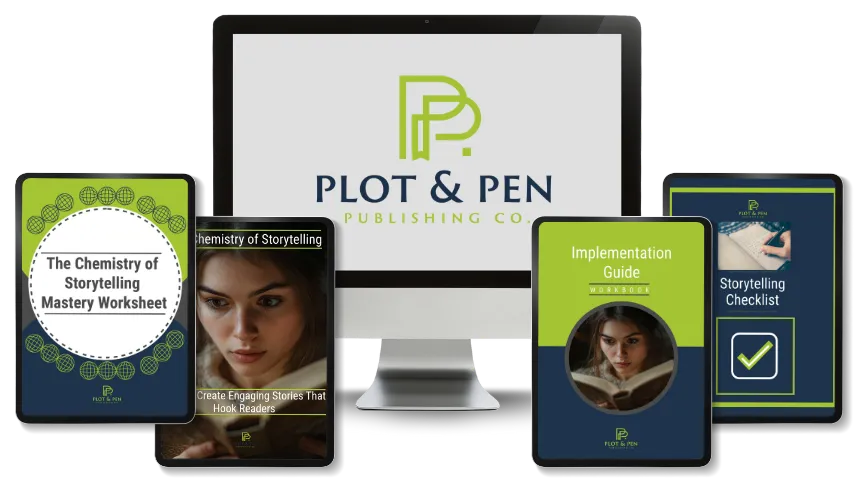🔥 This offer expires in:
🔥 This offer expires in:
For Everyday 'Writers' Struggling To Sell More Books...
Turn Your Flat Stories into Page Turners with Breaking Bad's Storytelling Formula
Learn the 10 tricks that made Breaking Bad so gripping
— and use them to write stories readers can't stop reading.
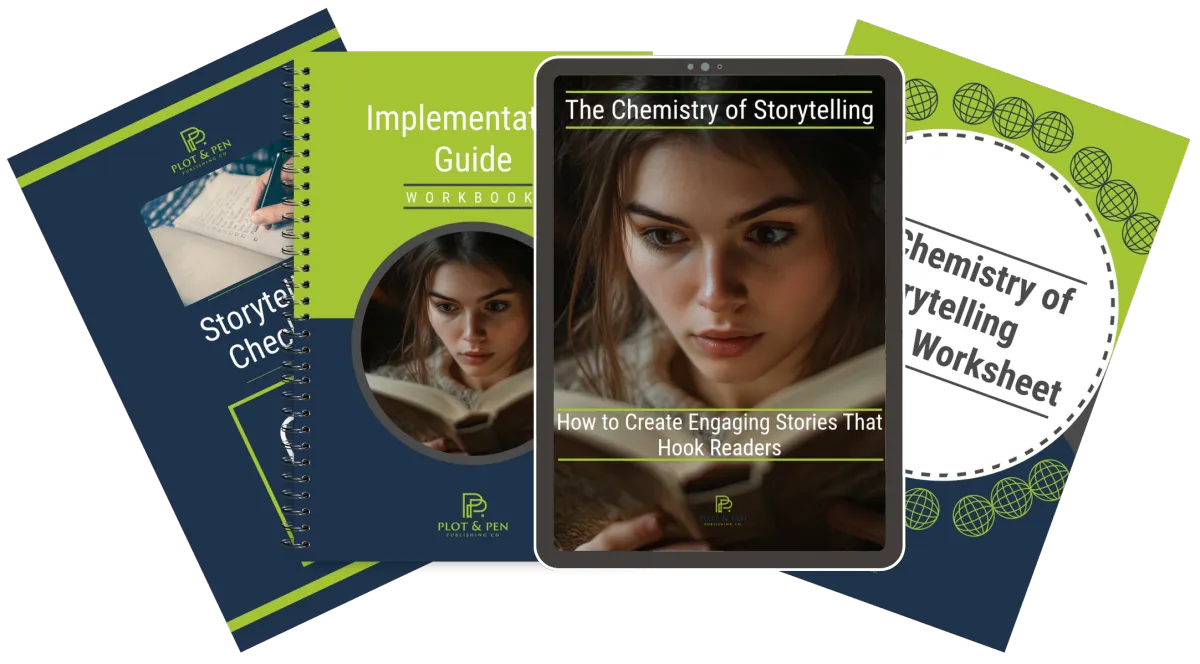
The Chemistry of Storytelling is your comprehensive step-by-step roadmap to writing stories your readers can't stop reading, no matter what level of writing experience you currently have.

N. SCURRY
CERTIFIED BOOK COACH
I was utterly lost before discovering the Breaking Bad formula—recycling tired techniques and watching readers abandon my stories. Now the secrets of addictive storytelling seem obvious. This guide will be a game changer for you to help you hook more readers from one page to the next. Whether you're a veteran or beginner, these techniques will transform your writing from "interesting" to "unputdownable."
...INTRODUCING THE CHEMISTRY OF STORYTELLING
Finally, Say Goodby to Readers Who Quit, and Stories That Never Get Done...
You put your heart into stories readers quit. You spend weeks making rich pasts for your stars, but readers say "I just didn't care."
Your writing group's eyes glaze over when you read, while they sit up and listen for others.
Seriously, at 11 PM, you read yet another pass email: "has promise but lacks feeling" - code for "I quit after chapter three." Your friend gushes about some other book while your pages sit in their bag, "almost done" for three months straight.
That hollow feeling tells you something's wrong that old tips can't solve.
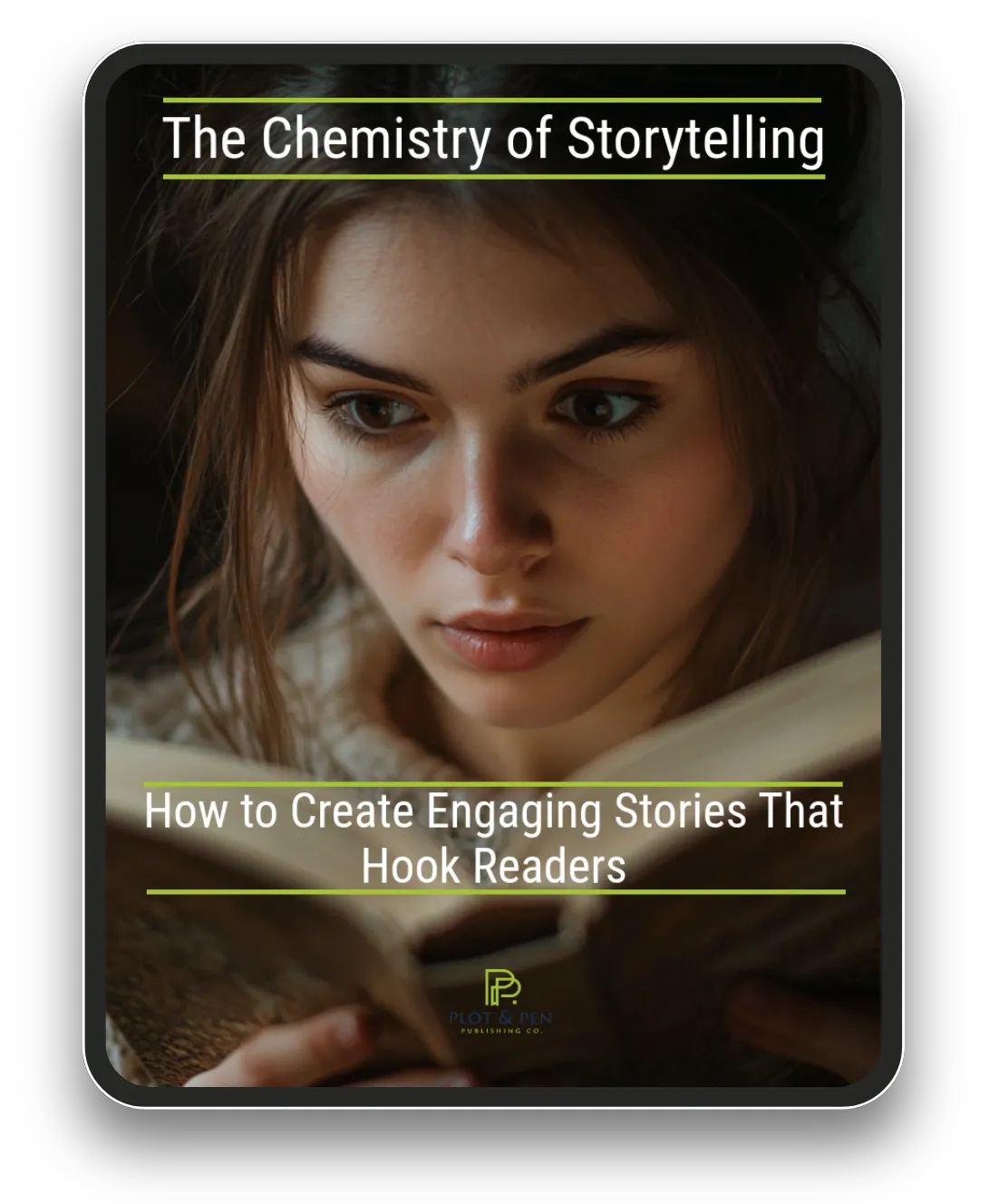
"The Storytelling Fix for Writers Who Want Readers Who Can't Stop Reading"
I noted when Breaking Bad made my heart race. It kept me up hitting "play next" at 1 AM. The pattern I found—a mix of story parts—hooks the viewer in a way they can't fight.
Most guides just say "add conflict." But this book shows you exactly how Breaking Bad got millions hooked. And it gives you clear steps to build that same grip in your own writing.
This isn't about adding drug dealers to your love story—it's about using the same hooks that made millions skip dinner to find out what came next.
Here's What You'll Get in The Chemistry of Storytelling:
A 44-page book breaking down the 10 key parts that make stories stick:
The Hook Formula:
You'll captivate readers so hard they can't stop after chapter one.
Think about it. Your first pages will pose questions readers crave to know. Your opening scenes will get readers to care right away.
Picture a friend texting at 1:37 AM: "OMG HOW COULD YOU END CHAPTER ONE LIKE THAT?!"
You'll write with full trust that anyone who reads page one will eat up every word.
The Ordinary World Setup:
You'll build story starts so real readers feel they've lived in your world for years.
Your character's starting point will hit readers in the gut. Your world will feel true instead of fake.
Just picture this: readers saying, "I could smell the streets in your made-up city."
You'll pull readers in so deep they forget they're reading at all.
The Inciting Incident Engineering:
Trust me, you'll craft story sparks so strong they hook readers for the whole ride.
Your kicks into action will feel both fresh and meant-to-be. Your story starts will grab readers by the throat.
Picture someone up until 2 AM because they hit page 15 and just had to know more.
You'll nail that shift that turns your story from "neat idea" to "must-know-what-happens."
Character Motivation Development:
Guess what? You'll create wants so real readers stand up for your character's choices.
Your star's moves will feel true, not just plot pawns. character's drives will grow and change in ways that make sense.
Think of readers fighting at book clubs about why your protagonist did what they did.
You'll make fake folks feel more real than some true people we know.
Supporting Character Construction:
You'll build a side cast so strong readers beg for their own stories.
Each side role will help your story in its own way. Your ties between stars will add depth, not noise.
And the best part? Readers asking which side star you're writing about next.
You'll craft a team that feels alive, not like flat dolls.
Midpoint Shift Techniques:
Now, this is where it gets good. You'll craft story turns so strong they make readers gasp out loud.
Your mid-twists will shed new light on all that came before. Your shifts will hook readers more, not lose or bore them.
Think of midnight texts: "I JUST GOT TO CHAPTER 12 AND OMG!"
You'll learn the art of the big moment that keeps readers glued to the end.
Raising Stakes Framework:
But check this out: You'll build such grip that readers skip meals to keep going.
Your high stakes scenes will make folks gasp in public. Your chapter ends will make it impossible to put your book down.
I kid you not, picture a test reader late to pick up their kid because they lost track of time.
You'll feel the rush of writing tales that make folks change plans just to find out the end.
Strategic Pacing Balance:
You'll set story speed so well readers can't find a spot to stop.
Your fast scenes will make hearts race. Your slow scenes will make hearts feel. Your pace shifts will build a pull that's hard to fight.
Can you believe it? Readers late to work because "just one more bit" was too hard to skip.
You'll learn when to accelerate and when to slow down in ways that make your stories stick.
Character Arc Development:
So, here's the deal. You'll craft growth so real readers think about it for weeks.
Your character's shifts will feel earned, not rushed. Your star's trip will hit home with readers.
What's even crazier is readers weighing their own life choice by what your protagonist would do.
Your made up characters will feel so real they will live on in readers' minds long after they close your book.
Ending With Impact:
You'll write ends so powerful readers want to start your book again.
Your wrap-ups will give what readers hope for, but with fresh turns. Your last scenes will stir deep feels that last for days.
To be honest, a reader might stare off, then flip back to page one right away.
You'll craft ends that leave readers both glad and hungry for what you'll write next.
...MORE THAN JUST A PDF
Knowledge is power. Introducing your
storytelling superpower...
Along with The Chemistry of Storytelling PDF, you get these special bonuses that can turbocharge your storytelling success. These extras are designed to complement your learning and give you an edge in your storytelling. Act now to unlock these invaluable BONUS tools!
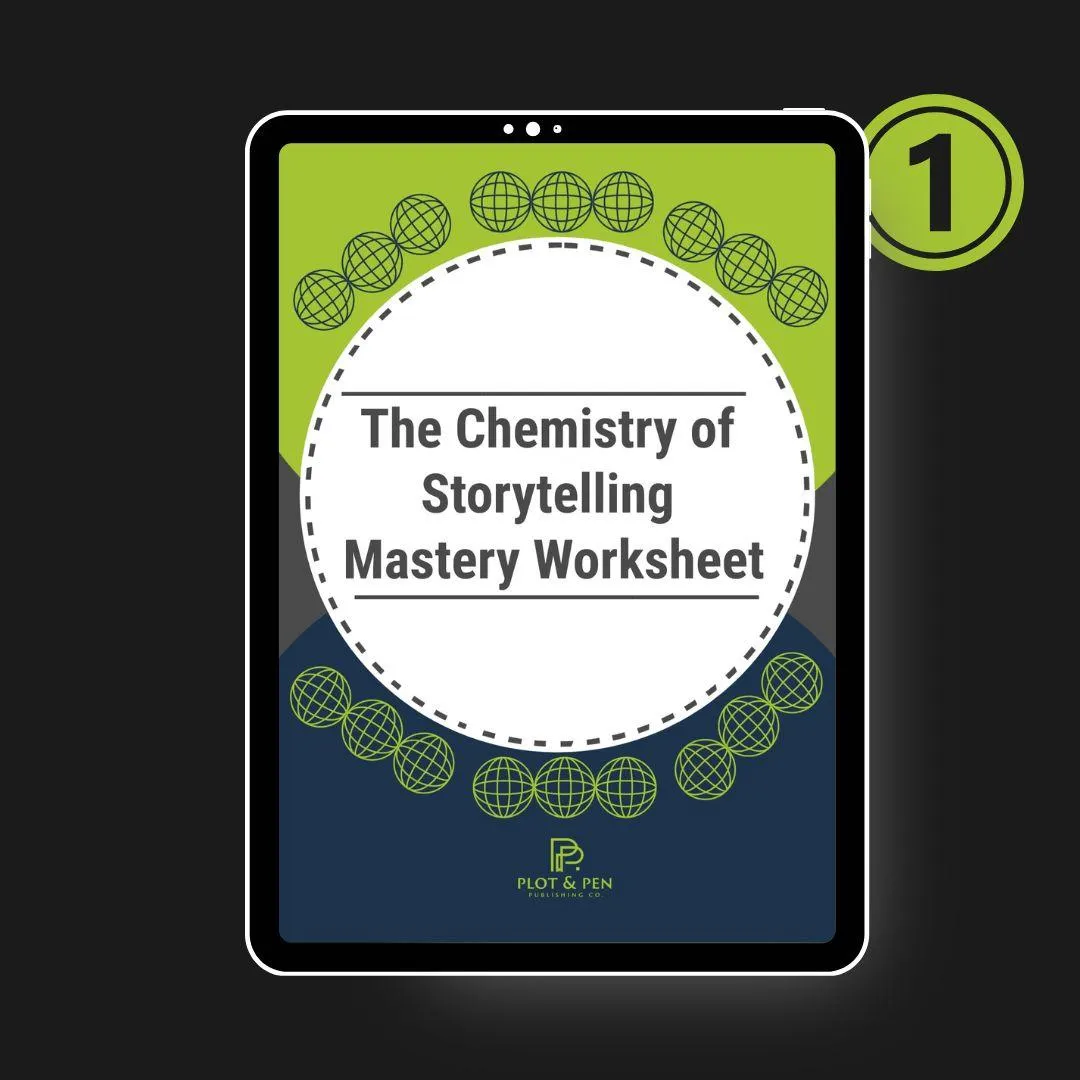
Bonus 1: The Chemistry of Storytelling Fill-In Tool
An 8-page tool that turns your raw idea into a can't-miss tale with fill-in-the-blank cues you can type into or print for each story part.
You get interactive fillable prompts and brainstorming exercises for each storytelling element, you'll transform your story from concept to compelling narrative in record time.
INCLUDED FOR FREE!
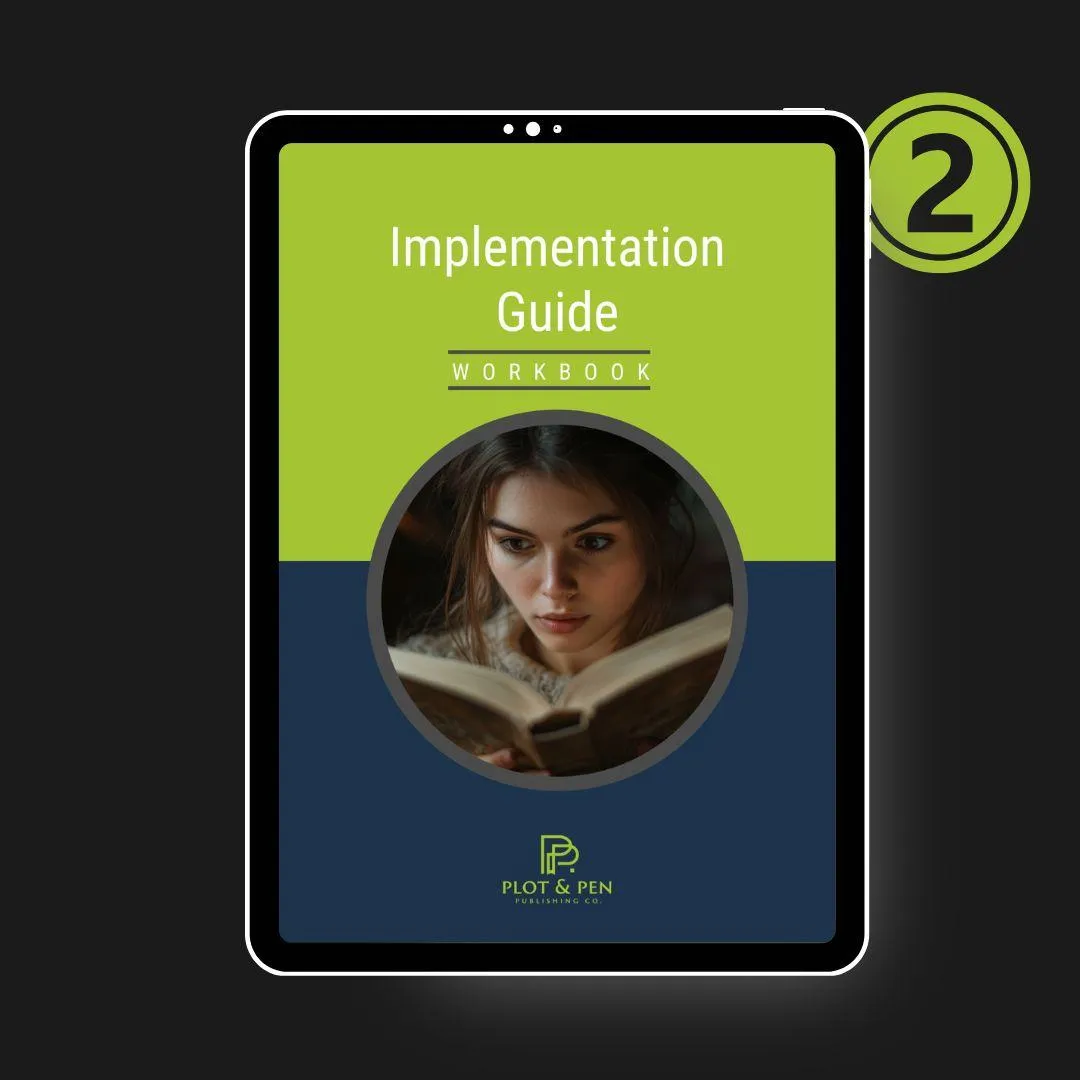
Bonus 2: Genre-Based Implementation Workbook
An 111-page interactive guide fitting Breaking Bad's rules to seven top genres with real-world tips and fillable forms for your book type.
This allows you to adapt the Breaking Bad storytelling principles for: Romance, Mystery, Thriller, Suspense, Science Fiction, Fantasy, and Horror.
Each section includes genre-specific examples and templates to ensure your story hits the right notes for your target audience.
INCLUDED FOR FREE!

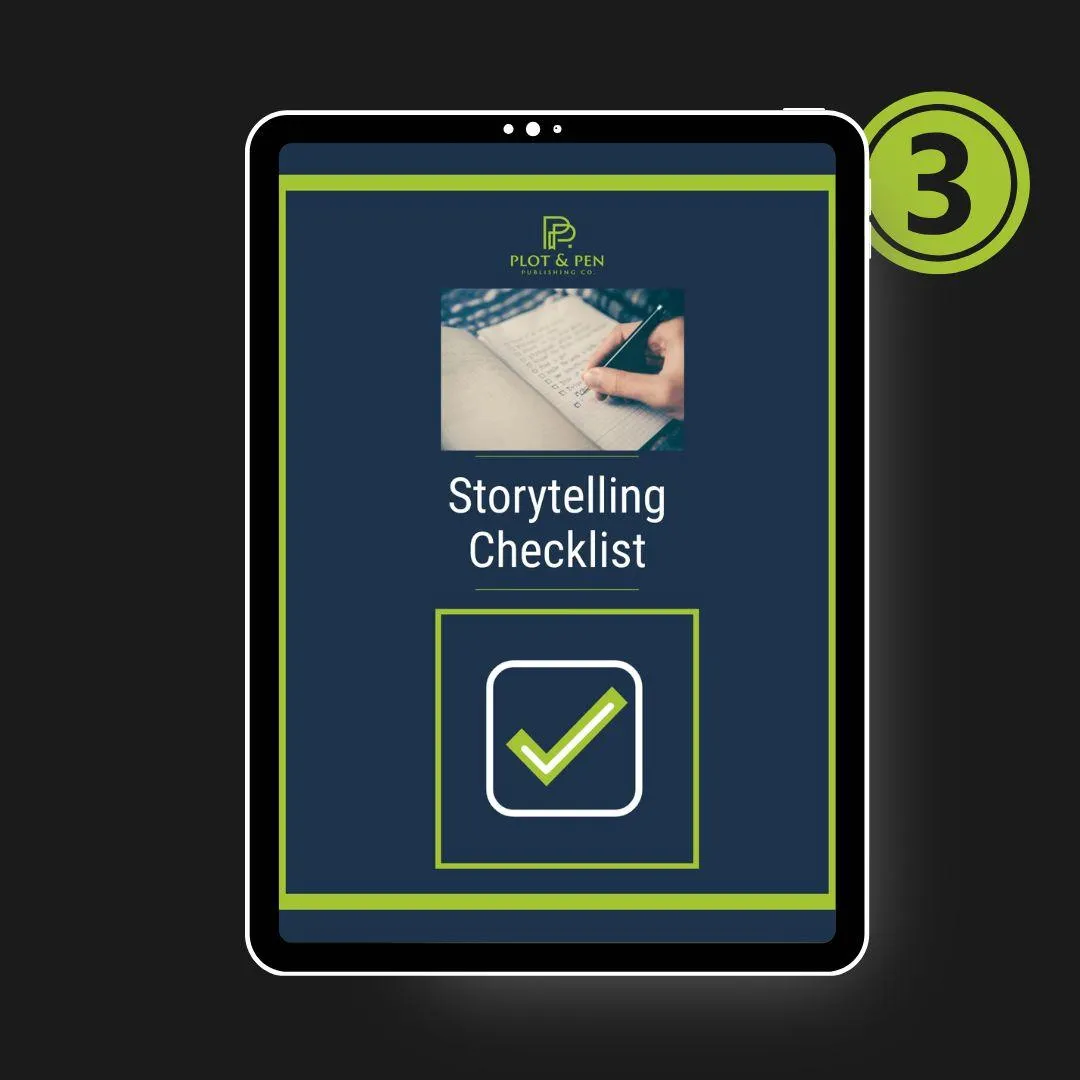
Bonus 3: Storytelling Mastery Checklist & Quick Reference Tool
A single-page interactive checklist covering all 10 storytelling elements that you can keep beside you while writing.
This at-a-glance reference ensures you implement every crucial element that keeps readers engaged, from your opening hook to your satisfying conclusion.
INCLUDED FOR FREE!
UNLOCK THE CHEMISTRY OF STORYTELLING TODAY AND START WRITING STORIES THAT READERS CAN'T PUT DOWN ...FOR JUST $27!
READY TO GET STARTED?
Get The Chemistry of Storytelling PDF Today!
With the bundle, you gain immediate access to invaluable resources on how to write stories that readers can't stop reading. For a limited time, grab this comprehensive package at an unbeatable price. Don’t miss this chance to transform your writing.
STORYTELLING PDF
$27 USD
Tax Include
Full 44-page Chemistry of Storytelling PDF breaking down the 10 key parts that make stories stick
BONUS 1: The Chemistry of Storytelling Fill-In Tool
An 8-page tool that turns your raw idea into a can't-miss tale with fill-in-the-blank cues you can type into or print for each story part.
BONUS 2: Genre-Based Implementation Workbook
An 111-page guide fitting Breaking Bad's rules to seven top genres with real-world tips and fillable forms for your book type.
BONUS 3: Storytelling Mastery Checklist & Reference Tool
A one-page interactive guide with all 10 story parts to keep by you while you write.
Still Got Questions?
Here's The Answers
Do I need to have watched Breaking Bad to benefit from this guide?
Not at all! While the guide uses Breaking Bad as a case study, all examples are thoroughly explained, and the principles apply to any genre of fiction. You'll be able to understand and implement every technique without having seen a single episode. That said, if you have watched the show, you'll enjoy the deeper analysis of why certain storytelling choices were so effective.
I write romance/fantasy/literary fiction. Will these techniques work for my genre?
Absolutely! The storytelling principles in this guide are universal and work for any genre. The included Genre-Based Implementation Workbook specifically adapts these techniques for Romance, Mystery, Thriller, Suspense, Science Fiction, Fantasy, and Horror. The core storytelling elements that keep readers engaged are the same regardless of genre—it's just the execution that varies.
I've tried other writing guides before without success. How is this different?
Most writing guides focus on theoretical concepts without showing you how to actually implement them. The Chemistry of Storytelling is different because it: 1) Shows real examples of each technique in action through Breaking Bad's storytelling, 2) Provides step-by-step instructions for applying each technique to your own work, and 3) Includes worksheets and templates that walk you through the implementation process. It's practical application, not just theory.
I already have a manuscript in progress. Can I still use this guide, or is it only for starting new projects?
This guide is perfect for works-in-progress! In fact, many writers find it most valuable when applying it to a story they're already working on. The worksheets are designed to help you identify exactly where your current manuscript needs strengthening, and the techniques can be applied at any stage of the writing process—from early drafting to final revisions.
How soon can I expect to see results in my writing?
Many writers report immediate improvements after applying just one or two techniques from the guide. The hook formula, for instance, can transform your opening chapter in a single revision session. Other elements, like character arc development, might take a bit longer to fully implement throughout your manuscript. Most writers who apply all the techniques see significant improvements within 2-4 weeks of focused application.
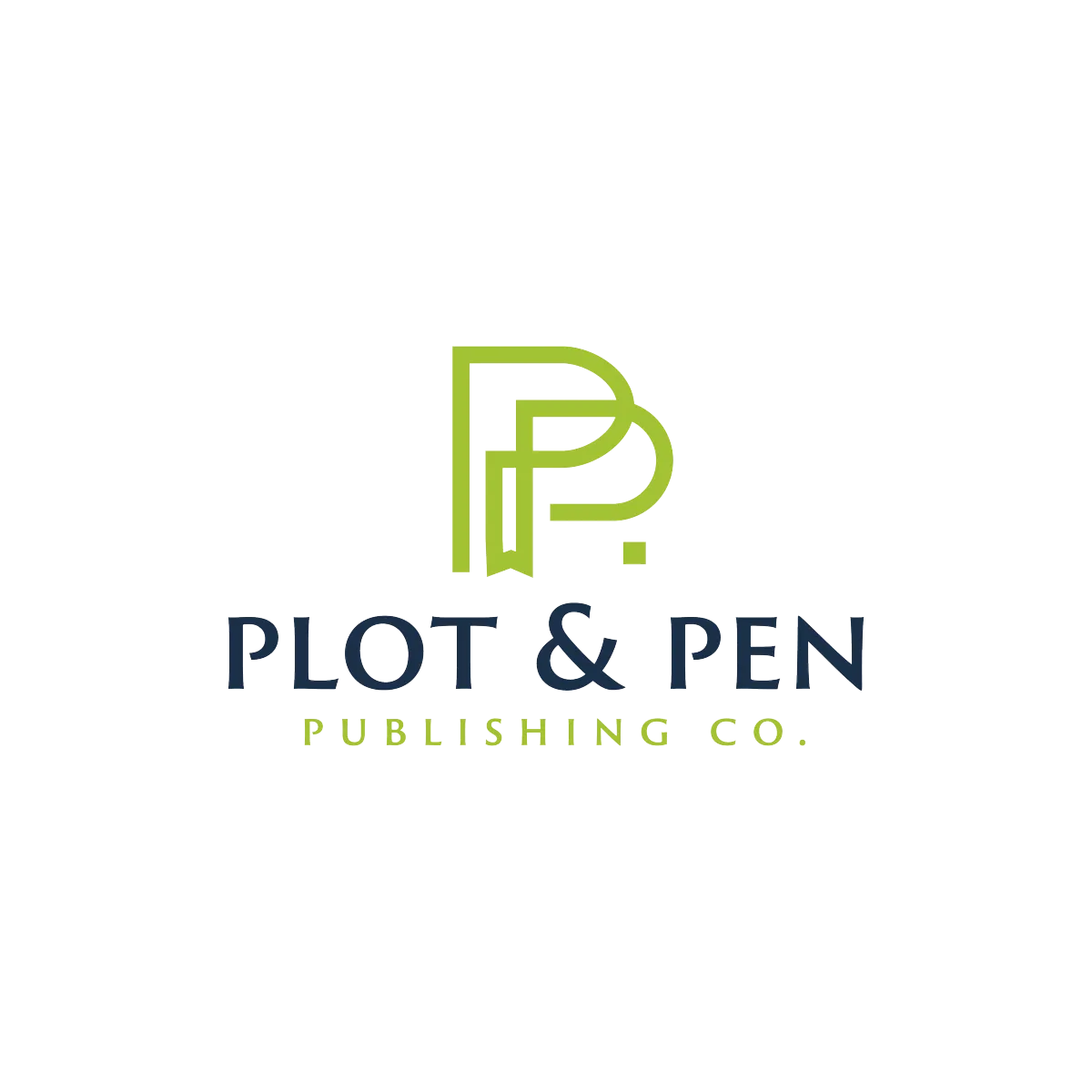
All rights reserved Plot & Pen
Disclaimer:
This guide is provided for informational purposes only and does not constitute financial, investment, or legal advice. The content is based on research and personal experience and is intended to share general information about financial concepts and strategies. Individual financial situations vary, and it’s important to consult a qualified financial advisor before making any investment or financial decisions. We do not guarantee specific results, and all investments carry risk. The creators and distributors of this guide are not responsible for any losses or damages resulting from actions taken based on its contents.
